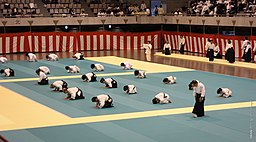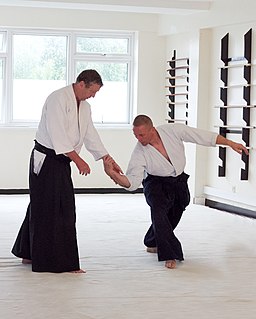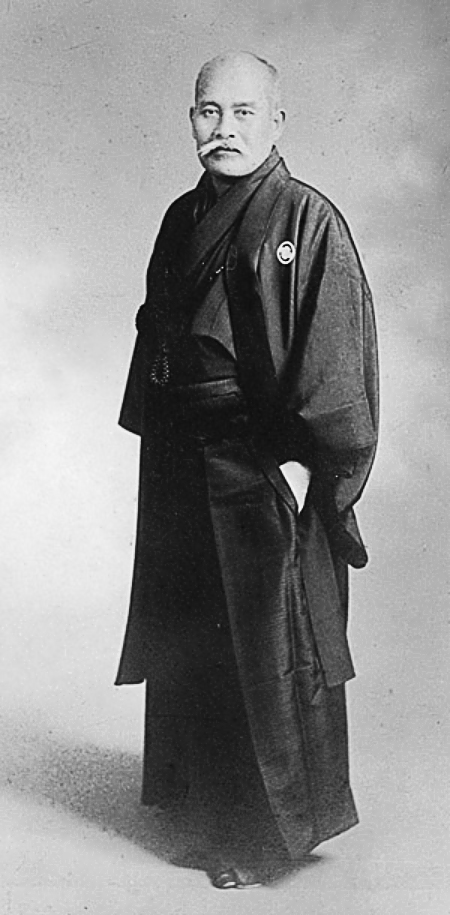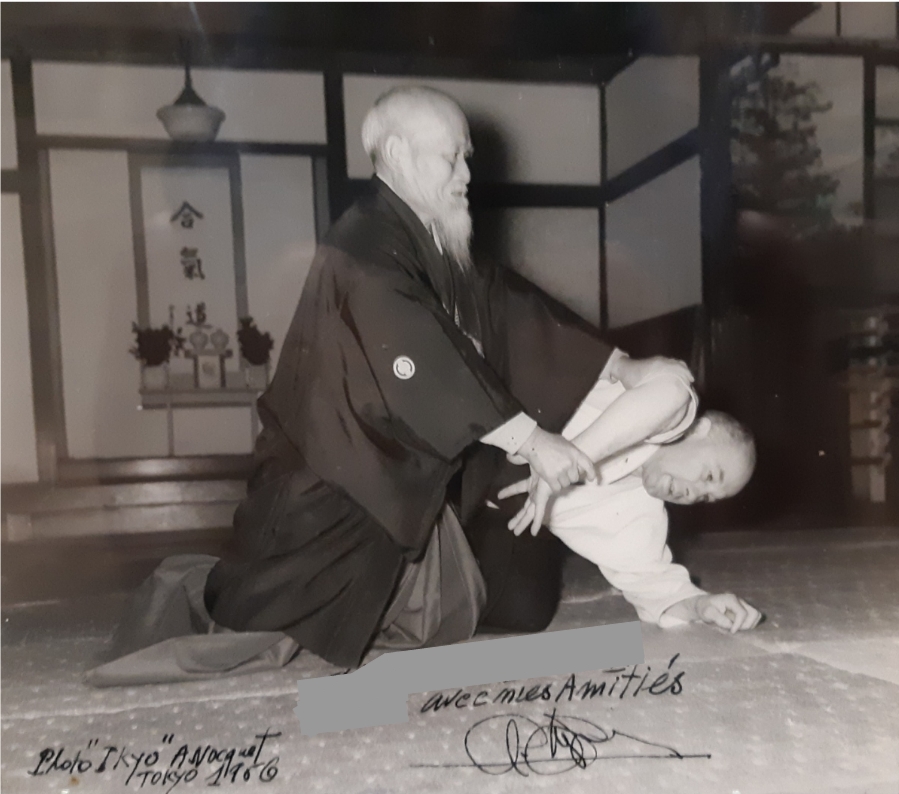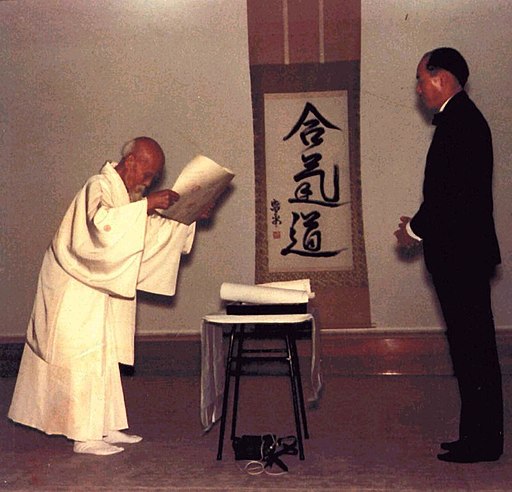

Ibaraki's Fighting Spirit!
Japan is a country that has a strong sports culture! From school grounds to professional gymnasiums, many Japanese people practice popular sports such as football and baseball, aspiring to compete in top leagues in Japan and overseas! Traditional Japanese sports also have a robust fanbase and pool of practitioners, with some of these traditional sports such as judo and karate considered Olympic sports! However, one sport stands out from the rest —aikido. When he started developing this martial arts style in the 1910s, Ueshiba referred to his style as Aiku Budo but the term aikido soon found common usage in later years. Use of the term was further cemented when Ueshiba’s student, Mochizuki Minoru visited France in 1951, where he demonstrated aikido techniques to judo students. Subsequent tours by aikido practitioners overseas helped introduce the martial art to countries like France, the United States, and the United Kingdom. Aikido schools proliferated throughout the world, and now, anybody can learn aikido no matter where on the planet they live. Ibaraki Prefecture’s connection to aikido is also thanks to Ueshiba: Ueshiba settled in the small town of Iwama (which has since been merged and become part of Kasama City) in the later years of his life. It is where he lived and trained until his death in 1969. He had acquired a sizeable amount of farmland in the area, on which he established the Aiki Shuren Dojo. This dojo, which is also known as the Iwama Dojo, is where he taught aikido and trained future generations of aikido masters. Unfortunately, the original dojo was damaged after the Great Eastern Japan Earthquake in 2011 but thanks to reconstruction efforts, it remains in operation today. The dojo accepts both regular and live-in students, from Japan and overseas! Other famous training halls, such as the Tanrenkan, were also built in Iwama. Besides these famous dojos, this area is also home to the Aiki Shrine, which is the onl shrine in the world dedicated to aikido. Though small, this shrine holds a large festival annually to commemorate Ueshiba’s passing. Aikido practitioners from all over the world visit Ibaraki for this festival; together with the local community, they take part in prayers, memorial services, as well as a ritual demonstration of aikido within the shrine! As the timing of this festival coincides with the warm weather of late spring, festival attendees can also enjoy the sight of beautiful seasonal flowers in bloom. Even for those who are unfamiliar with aikido, the shrine and the training halls that surround it are historical landmarks that played a big part in the development of traditional Japanese martial arts. With its close proximity to Tokyo, visitors can pop by for a quick introduction to aikido, its key techniques as well as the philosophy that Ueshiba imbued so deeply into this martial art. |
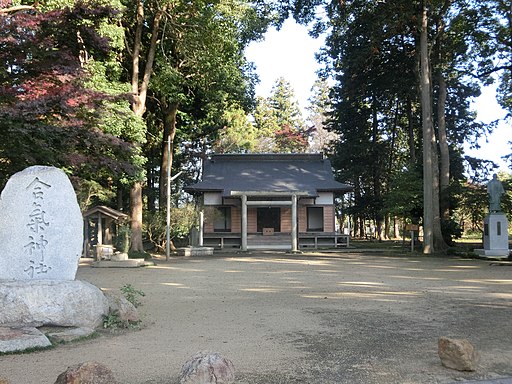 © English: Abasaa日本語: あばさー, Public domain, via Wikimedia Commons |
Resources
|
Hurtado, Elysse. 2013. "Spirit Skills - Ibaraki". Japantravel. https://en.japantravel.com/ibaraki/spirit-skills/5510. "Martial Arts - From Ancient Tradition To Modern Sport". 2021. Web Japan - Japan Fact Sheet. Accessed December 22. https://web-japan.org/factsheet/en/pdf/e16_martial_art.pdf. "Traditional Sports". 2021. Web Japan. Accessed December 22. https://web-japan.org/kidsweb/explore/sports/q1.html. Web Japan. 2021. Aikido − Spirit Of Harmony. Video. https://www.youtube.com/watch?app=desktop&v=iZR05MGmdH0. |
|
Japan Creative Centre 4 Nassim Road, Singapore 258372 +65 6737 0434 / jcc@sn.mofa.go.jp https://www.sg.emb-japan.go.jp/JCC/ Nearest parking at Orchard Hotel & Delphi Orchard |
 |
